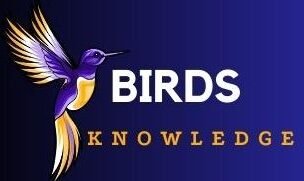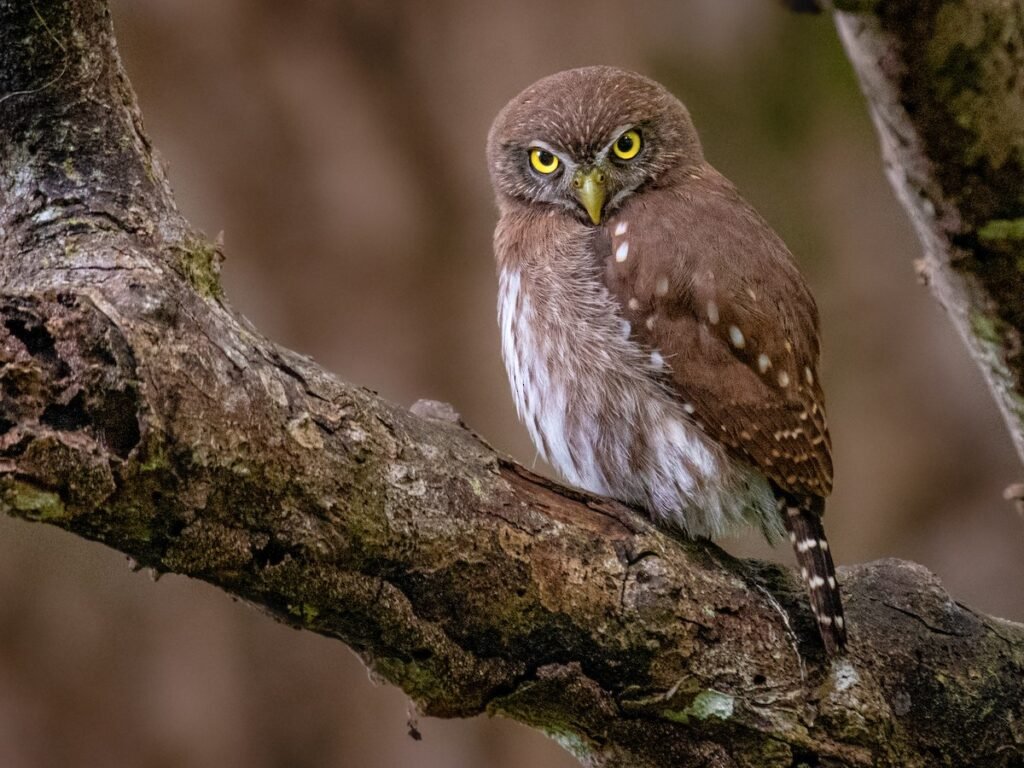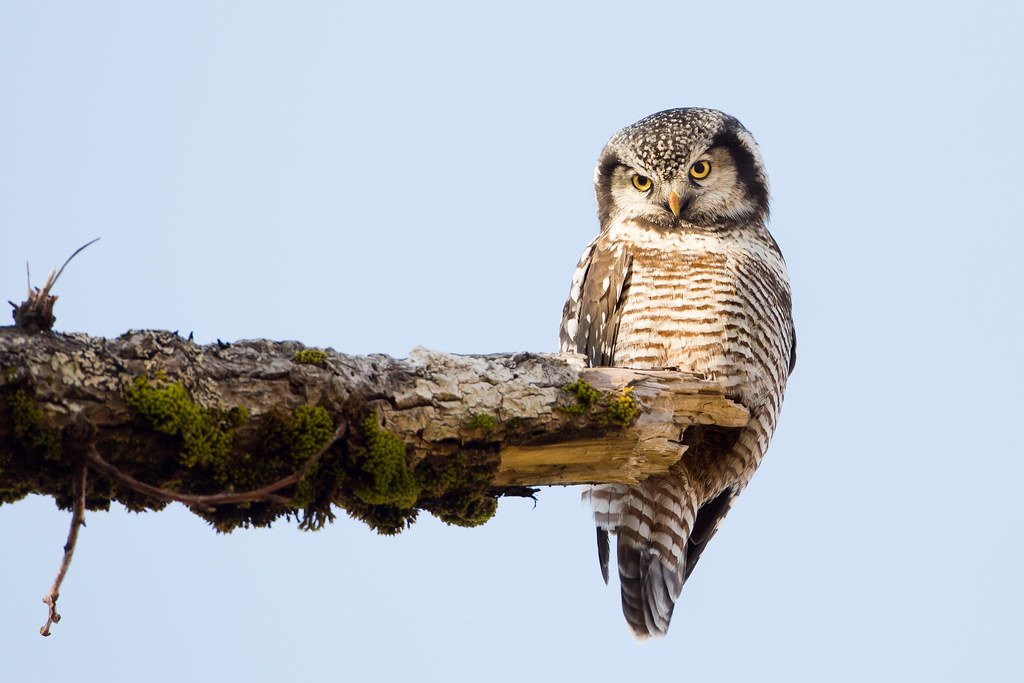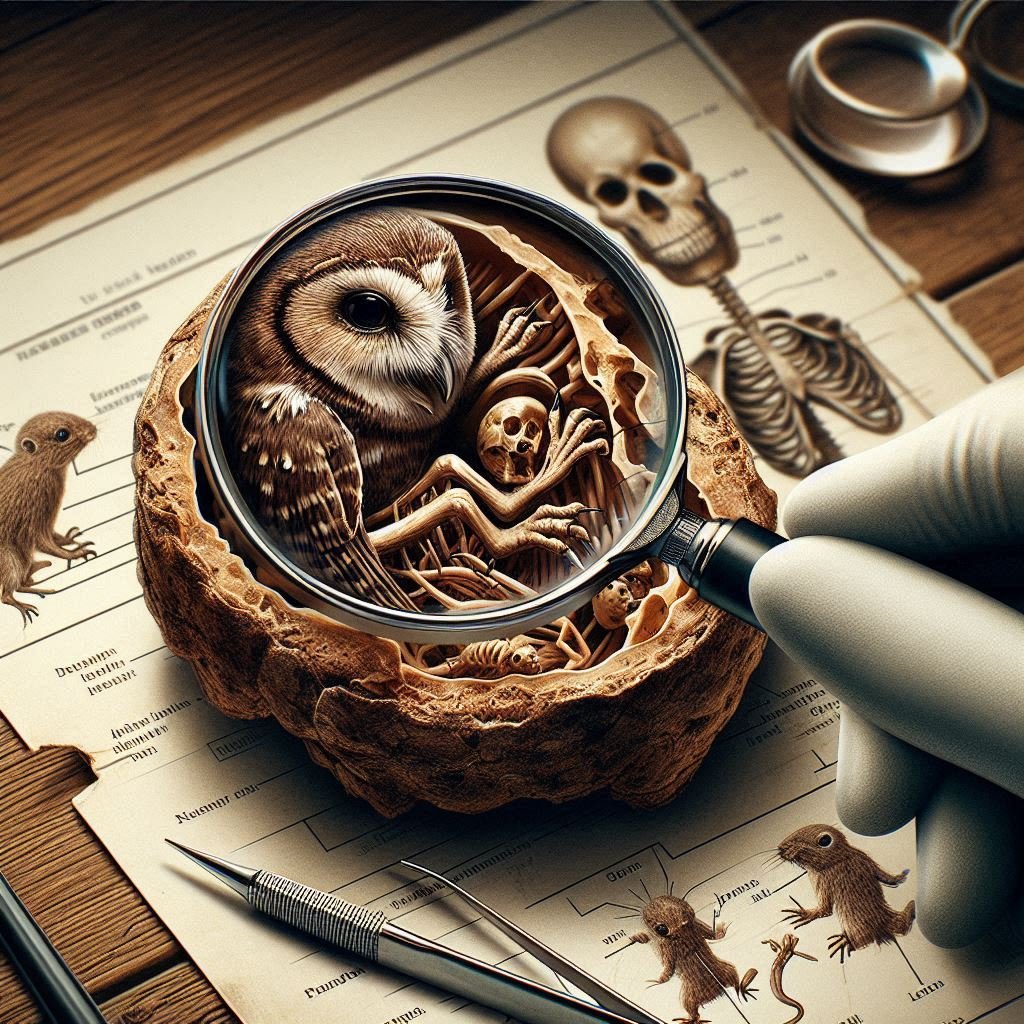Some Facts
There are 150 species of owls living everywhere in the world except Antarctica.
- Pygmy owls range in size from 12 to 14 centimeters, while European owls can grow up to 71 centimeters.
- The soft feathers of the hawk owl do not produce any sound while flying, allowing them to catch their prey silently.
- Thanks to their disc-shaped faces, they can easily locate prey in the dark by hearing their movements.
- A group of owls is called a Parliament.
- Females are usually larger than males.
- Eagle owls are the largest owls in the world, capable of hunting small deer and even catching and eating other owls.
- When threatened or frightened, pygmy owls puff out the feathers on top of their heads and spread their tails, trying to make themselves appear larger. They can fly while carrying prey weighing up to three times their own weight.
- Owls swallow their prey, such as mice or insects, whole.
- Owls cannot digest feathers or bones and later regurgitate them.
- Many religions around the world believe that the owl is a human spirit that never harms people.
- Owls are divided into two groups: one group includes species like the Barn Owl, Grass Owl, and Bay Owl, while the remaining species belong to the standard owl category.
- Barn owls have longer beaks and legs than standard owls, and their feathers are pointed. Their tails are also forked.
- Grass owls live in Africa, Southeast Asia, and Australia. They are similar to barn owls but have slightly longer legs.
- Barn owls usually lay four to seven eggs in tree holes or building cracks since they cannot build nests.
- The reat gray owl has a wingspan of one and a half meters. It usually hunts and eats rodents. It is highly protective of its nest and may attack humans when feeling threatened. In the wild, they can live for about 40 years.
- The boobook owls of Australia, New Zealand, and New Guinea are named after their high-pitched calls.
- Hawk owls are one of the few owl species active during the day. They hunt mammals such as mice.
- Brown fish owls have bare feet and legs. Their feathers are covered with an ash-like material.
- Little hawk owls are only 22 centimeters long and primarily feed on insects. They bob their heads up and down when frightened or disturbed.
Are Owl Pellets Poop?
Most owls swallow their prey whole or in large pieces after capturing it but cannot digest the fur, teeth, bones, or feathers.
The owl’s stomach has two chambers. In the first chamber, called the glandular stomach or proventriculus, all digestible parts of the food are liquefied.
The liquefied food then enters the second chamber, the muscular stomach or gizzard, which grinds the hard structures and squeezes the digestible food into the intestines. The remaining indigestible fur, bones, and teeth are compressed into a pellet that the owl later regurgitates. Owls typically regurgitate one pellet per day from the same location, which results in a large number of owl pellets accumulating on the ground.
In reality, an owl pellet is just the undigested part of its food that it expels through its mouth in the form of vomit.
Many birds of prey, including crows, sparrows, and jays, also produce pellets.
It is an interesting activity to find and examine owl pellets to determine what the owl has eaten.
Owl pellets are not feces, so they do not have a foul odor.
Fresh pellets are black, but they gradually turn brown over time.
Barn owl pellets typically contain the indigestible fur and bones of up to six small mammals, though sometimes remnants of even more animals can be found.
Scientists measure the skull and jawbones from these pellets to identify the species of the consumed animals.
Are Owls Nocturnal?
Not all owl species are nocturnal, but many are.
Some owls, such as the great horned owl (Bubo virginianus) and the barn owl (Tyto alba), are strictly nocturnal, while others hunt both day and night. Owls often hunt in low-light conditions, such as at dawn or dusk, when many prey species are active.
Experts believe this adaptation is mainly influenced by the availability of prey.
For example, the northern pygmy owl is diurnal, meaning it is active during the day. Similarly, the northern hawk owl hunts small prey at dawn and dusk.
Experts believe that prehistoric owls were primarily nocturnal, but some species evolved to be active during daylight hours.
Owls have excellent eyesight and hearing at night, which makes them highly skilled nighttime hunters. Since owls can fly silently, they have a unique advantage in capturing prey.
Below is a classification of owls based on their activity period:
Nocturnal Owls – Owls that are most active at night and primarily hunt in darkness.
Crepuscular Owls – Owls that are active during dawn and dusk.
Diurnal Owls – Some owl species are active during the day and hunt in daylight.
Can Owls See in Daylight?
Many owl species can see during the day, but their pupils do not shrink in bright light. To reduce the intensity of light entering their eyes, they often close one eye halfway, making it appear as though they are sleeping.In reality, they are fully awake and alert, capable of spotting and capturing prey even in daylight.






